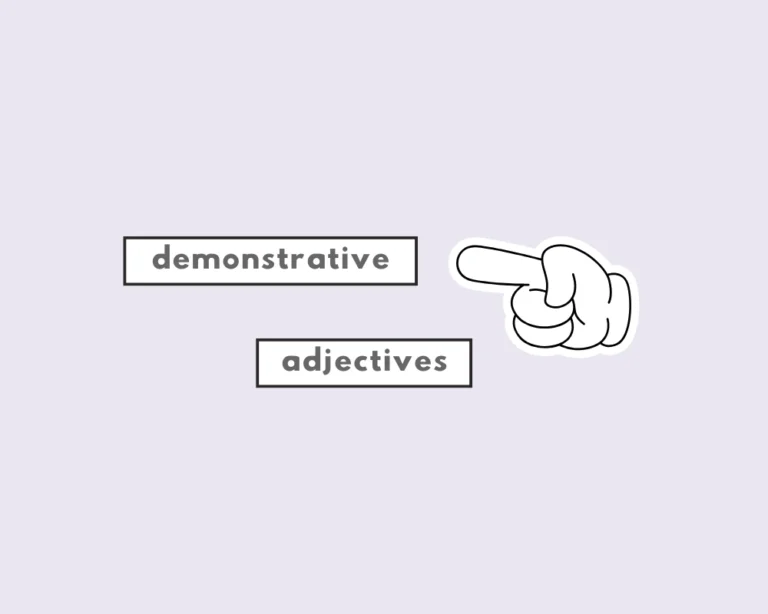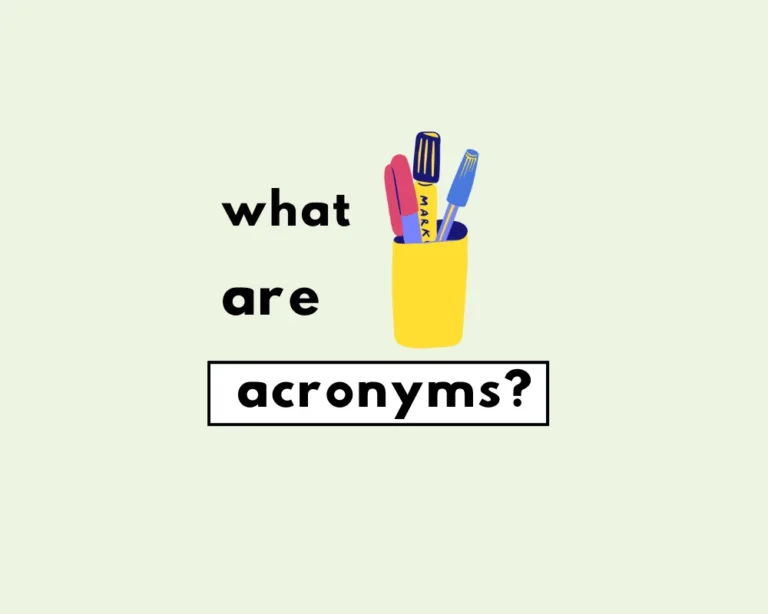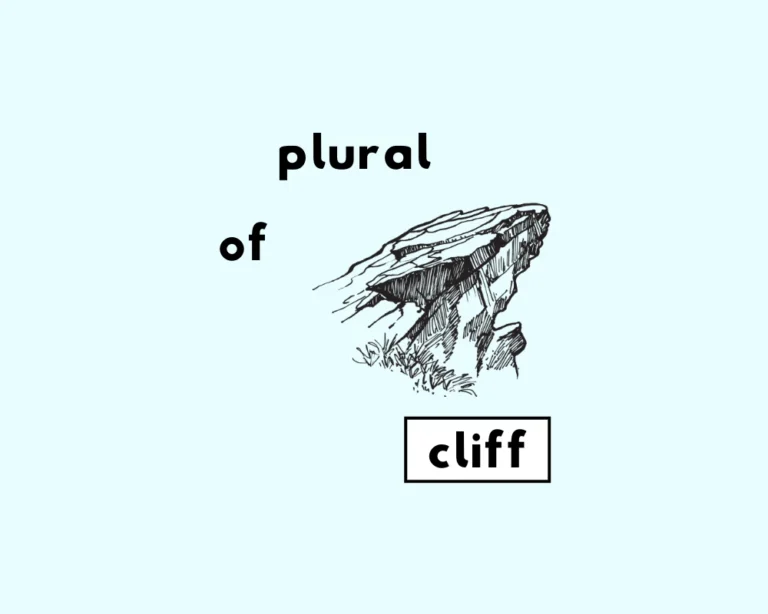The past participle is a form of a verb that can appear as an adjective, or be used to form specific tenses and the passive voice in grammar. There are two main types of participles: the present participle and the past participle.
Usage of the past participle
- You’ve caught me at a bad time.
- She had taught at an elementary school before she opened her bakery.
- I had bought the cookies before going to the potluck dinner.
She has eaten all the cookies. .
They had gone to the park before it rained. .
He has went to the store. .
The dog has barked loudly all night.
The first sentence, ‘you’ve caught me at a bad time‘, uses ‘caught‘ with the present tense auxiliary verb, ‘have‘ (indicated by the contraction ‘you’ve‘). The pairing of have or has + [past participle] forms the present perfect tense in grammar.
The second and third sentences both use the past tense had + [past participle] to form the past perfect tense. E.g., “she had taught“, and “had bought“.
Keep in mind, most verbs appear look the same in the past tense and as a past participle, and will simply end in “-ed”. Irregular verbs use other endings such as “-en,” “-n,” “-ne,” and “-t” (driven, knelt, leapt, etc.)
The present and past participle
- I am singing tonight.
- I have sung there before.
- She had sung there many times before that evening.
The first sentence uses the verb ‘sing‘ but attaches –ing to the end. This is a telltale sign that it’s the present participle: hearing, thinking, walking and talking are all present participles ending in –ing.
When we pair the present participle with a form of ‘to be’, this indicates the present continuous or progressive tense; (e.g., “they are playing“, “she is walking“). The present continuous depict actions happening now, in the present moment or at the time of speaking.
The second and third sentences uses ‘have’ and ‘had’ + sung to form the present and past perfect tenses, respectively. We also form the passive voice in grammar with the past participle and had.
Examples in sentences
Take a look at these sentences in the past perfect tense:
I had caught ten fish before my dad caught one.
They had eaten lunch already, so they weren’t hungry.
He had written three books and he was working on another one.
We write in the past perfect to more effectively communicate when completed actions or events occurred up until another point also in the past. It’s especially helpful when we want to clarify the order in which multiple past actions took place, and the correct order they occurred in.
We have worked as teachers for two years
He has worked as a teacher for two years
They have worked as teachers for two years.
Associate the past participle with ‘has’ or ‘had’ for perfect tenses; picture ‘has eaten’ or ‘had gone’.
In review: the past participle
- The formula for the past perfect tense is auxiliary had + driven, eaten, etc. [written].
- Regular verbs end in -ed (e.g., worked, talked, laughed, studied), and look the identical to the simple past tense verb conjugation.
- The past participle form of irregular verbs end in something other than -ed (e.g., bitten, frozen, written).
Learn more about verbs
| Types of verbs & verb tenses | What’s the past tense of …? |
|---|---|
| forms of ‘to be’ | … seek? |
| auxiliary verbs | … teach? |
| present tense | … catch? |
| future tense | … buy? |
| past tense | … read? |
| perfect tense | … ring? |
| transitive vs. intransitive | … drive? |
| participles | … throw? |
| irregular verbs | … lead? |
| modals | … win? |
Sources
- High School English Grammar and Composition, P.C. Wren.
Work Sheet
According to the blog post, what is one function of the past participle?
Which tense is formed by pairing ‘have’ or ‘has’ with the past participle?
How do most regular verbs form their past participle, according to the post?
Which phrase contains the incorrect verb form according to the blog post’s examples?
Which of these is a past participle with an irregular ending mentioned in the post?
They had to the park before it rained.
She has all the cookies.
I had the cookies before going to the potluck dinner.
The blog post states, “You’ve me at a bad time.” Which past participle completes this sentence?
Before she opened her bakery, she had at an elementary school.
Frequently Asked Questions
What is a past participle?
+
How is past participle used in tenses?
+
What auxiliaries use past participle?
+
How are past participles formed?
+
What’s a common past participle error?
+
Yash, D. "What’s the Past Participle? (Explanation & Usage)." Grammarflex, Jun 15, 2025, https://www.grammarflex.com/whats-the-past-participle-explanation-usage/.











